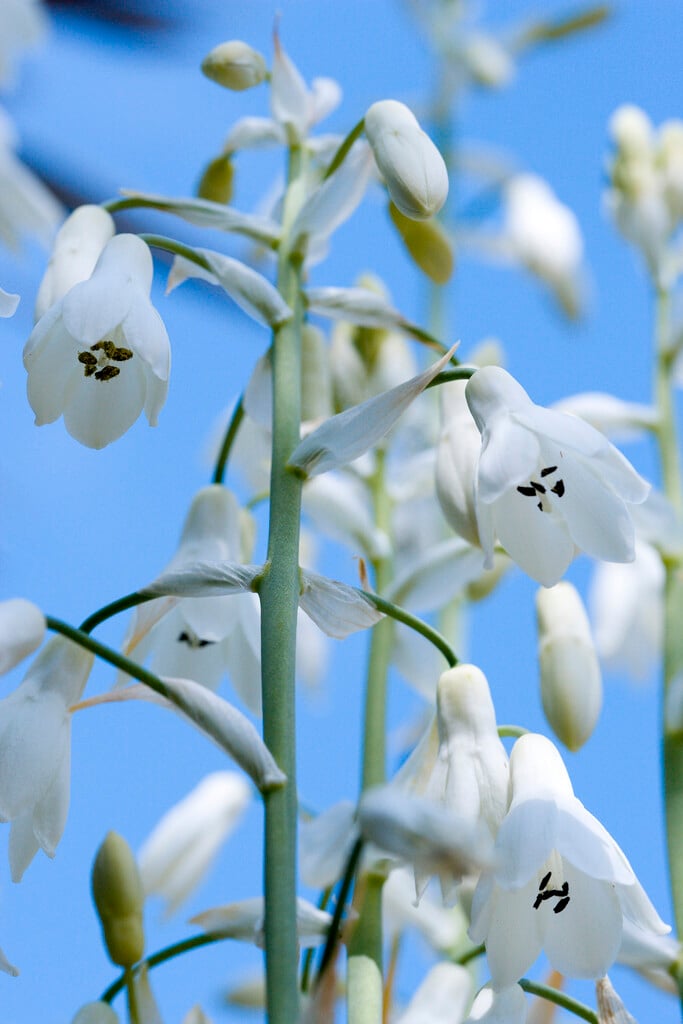Exploring the possibilities of dry gardens with our RHS Horticultural Hero
World class designer Tom Stuart-Smith explains about his drought-tolerant planting which was a key feature of this year’s RHS Hampton Court Garden Festival
Choosing plants that really work hard, look great and don’t need too much maintenance is an ultimate dream for gardeners. At this year’s RHS Hampton Court Palace Garden Festival, landscape designer Tom Stuart-Smith created an immersive and beautiful planting display that shows how to do drought-tolerant planting with style.
“What I’m creating is a planting suited to the warmer parts of Britain, thinking in a few years time some parts of the UK will be more Bordeaux in terms of their climate,” Tom explains.
“Some of the plants will be very familiar to people – such as achilleas, agastache, echinaceas, geranium – but they will be surrounded by a framework of shrubs such as figs, Pistacia lentiscus and Phillyrea angustifolia.”
Tom’s aim is for the garden to be a dry garden but with energy and interest. “I’m using plants that are quite easy to grow. Almost all of the plants have been grown by the Sunnyside Rural Trust; a charity working with adults with learning difficulties, and Chris and Toby Marchant (formerly of Orchard Dene nursery) have been giving them help in setting up the nursery,” he explains.
The dry garden theme appealed to Tom because of the changing climate we are all witnessing but also because of the work of many others.
“I take great inspiration from people who have been trialling this way of growing – of course Beth Chatto, Elliot Forsyth’s prairie garden at Cambo Estate, Fife, Cassian Schmidt’s Hermannshoff and James Hitchmough from the Universtiy of Sheffield who has been growing plants in crushed concrete,” he explains.
“If plants have a ‘dry neck’, they should grow well and not get
He added: “The message has come through that for a decent wildlflower meadow you must have impoverished soil. If you want this planting diversity in a garden, you’ve got to have impoverishment otherwise the thugs will miss out. This runs against the instant gratification model, where you have your garden looking lush and full at the end of year one – you aren’t going to achieve that if you have impoverished soil. Competitive plants growing in drought conditions grow in a more balanced way.”
Takeaways for your garden
Even though dry gardening may remind us of those holidays abroad, of dry summers and that element of senescence, Tom believes there is much for us to consider for our own gardens. A tougher way of growing plants perhaps, but that means less maintenance and a more balanced ecosystem. It looks like dry gardens may become much more of the norm over the coming years.






